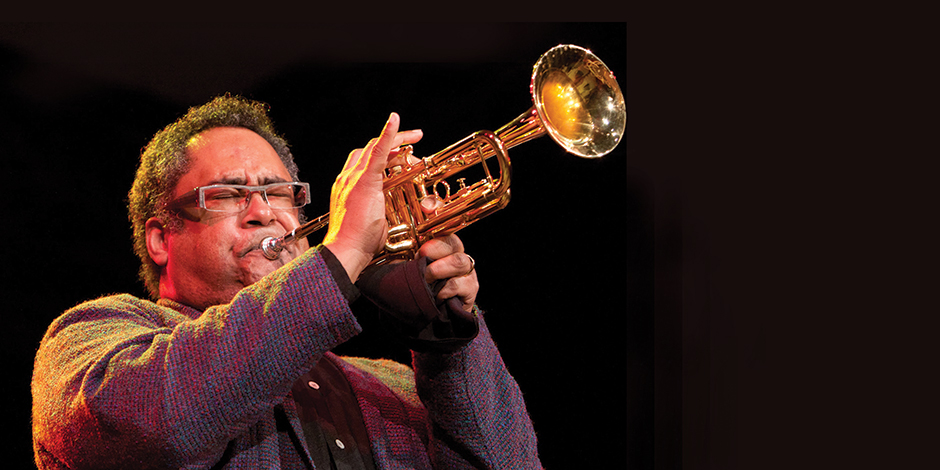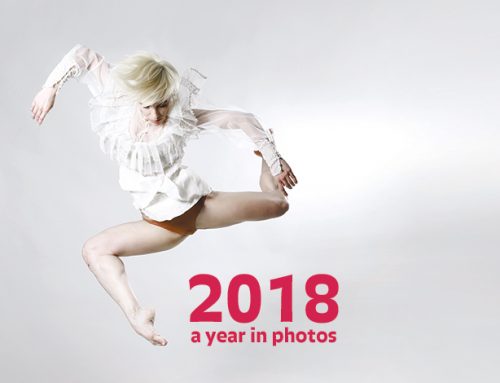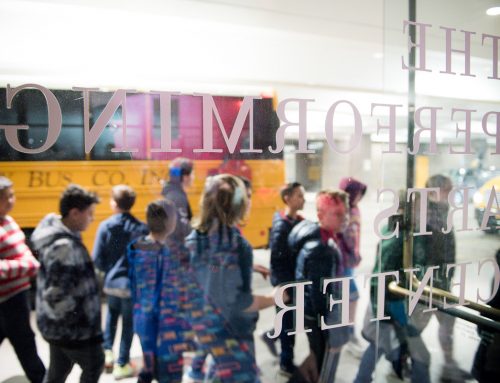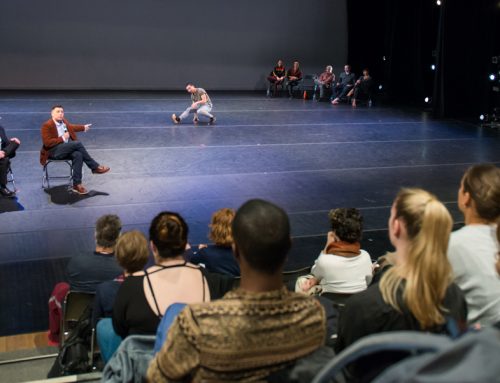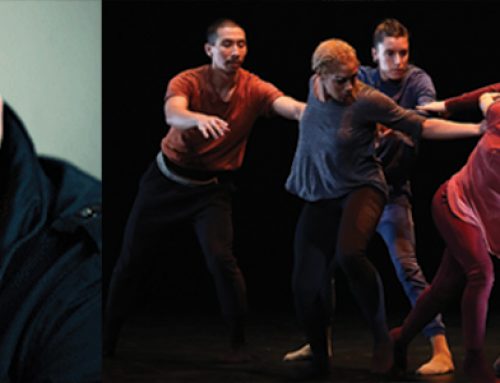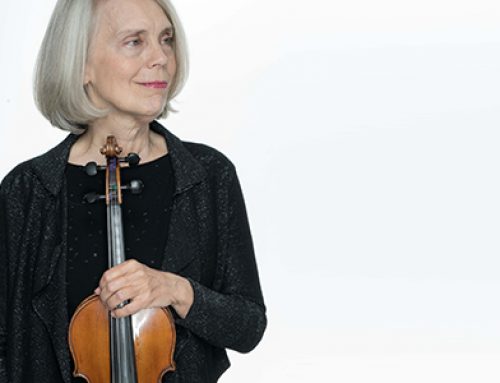Imagine a twelve-year-old trumpet player meeting his life’s hero and – even though he’d studied with a great teacher who introduced him to the best in jazz at age eight – being too afraid to say anything.
Imagine that same young trumpet player three years later, working up his courage, and meeting that same hero at a jazz festival, and getting him to autograph a pile of over fifty records, while the two of them traded bars vocally.
Imagine the young trumpet player being invited to play with his hero’s group, doing so just weeks later, and then knowing that he would dedicate his life to becoming a professional musician.
Then imagine an eighteen-year-old trumpet player making his way to New York and having the opportunity to play with his hero whenever he could, sharing their mutual love and respect with audiences all around the world.
The young trumpet player was me, Jon Faddis, and my hero, John Birks “Dizzy” Gillespie, one of the creators of a style of Jazz called Be-Bop, as well as Afro-Cuban Jazz. And those moments when dreams became real started nearly forty years ago, at the Monterey Jazz Festival, the second-oldest jazz festival in our country, and The Jazz Workshop in San Francisco.
As a trumpeter, the only thing that was predictable about Dizzy was his excellence. One never knew what Dizzy was going to do. As an entertainer, Dizzy was funny and welcoming to his public. Dizzy joked and danced and had a great time on stage, but when he put that horn on his lips, it was serious business. He created some of the most musically exhilarating complex concepts of this century, and he brought them to life around the world. In a time when intelligence (especially from someone of color) was not always welcome, and genius, faced with misunderstanding and rejection, could get in its own way all too often, Dizzy made extraordinary art all the time, and he made it accessible.
Dizzy was a natural teacher with a childlike curiosity about things, especially music. He always wanted to know the why of chords and rhythm. While Charlie Parker brought new ways of phrasing Jazz to the world, it was Dizzy who taught others what he and Charlie were doing. Having lost that best friend far too soon, Dizzy carried that life and light forward, making sure as many people as he could knew about Charlie’s contributions to Jazz (often self-effacing and always humble, Dizzy would talk more about “Bird” more than “Birks”).
I am blessed to have had the opportunity to share so much time with Dizzy for decades. Dizzy and my father, Woody Faddis, inspired and fostered my love of teaching; my mother Millie also made sure my handwriting was clear, and when I was young, she’s the one who drove me to that festival and many other jazz events. They believed in the importance of education and they were active advocates in the fight for civil rights. The example they set, the legacy they created – that’s the primary foundation for why I teach. It is also one of the reasons that – while I may give master classes and concerts around the world – I remain committed to teaching at a public university. It’s been nearly 20 years since I first began teaching at The Conservatory of Music at Purchase, SUNY, and I think Diz and my parents would be as proud of that as I am pleased to be a part of this community.
On the evening of November 4, I am happy to celebrate Dizzy Gillespie in this centennial year of his birth with a Triumph of Trumpets. On this night and throughout this season, we are also celebrating the 25th anniversary of the Jazz Studies Program at the Conservatory of Music and the 40th anniversary of The Performing Arts Center at Purchase College, SUNY. This concert – as well as the wonderful evening on October 13th with Branford Marsalis’ quartet and big band dance party we have planned for April 28th – is part of the second full season of Jazz at The Center (JATC) co-curated by Seth Soloway and me; it is great to see JATC evolve and grow, and your participation is very much welcomed and appreciated.
I am especially proud to present two accomplished and creative young trumpeters, Max Darché and Bruce Harris, who studied with my colleagues and me, earning their BUSM and MMs degrees in Jazz Studies here. I am equally proud to present guitarist Andrew Latona, who graduated in May 2017 with his BUSM in Jazz Studies here, and who does exceptional work.
As Dizzy did with me, I try to share what I know and what Dizzy taught me to Max, Bruce and Andrew and other young people, continuing Dizzy’s legacy. Good teachers inspire students, and good students inspire teachers; abiding friendships and great work can result. I believe that in some ways I inspired Dizzy, whose work for a time was overlooked in the quest for the “next new sound” (even as the vocabulary he created was always a part of it). Max Darché, Bruce Harris, Andrew Latona, and other students I’m privileged to teach, inspire me to become a better trumpet player, a better teacher and a better person.
So do the other special guests this unique night – the magnificent Tom Harrell on trumpet, the extraordinary Antonio Hart on saxophone, and the dynamic Alioune Faye on djembe and sabor – and members of The Jon Faddis Quartet, specifically Renee Rosnes on piano, Todd Coolman on bass, Dion Parson on drums. As you listen this evening to these musicians – all together in concert for the first time in this particular configuration – we hope you will feel inspired, too.
Thank you for being a part of this evening and our community.
Jon Faddis
October 21, 2017
Photo of Jon Faddis (c) Lisa Tanner

